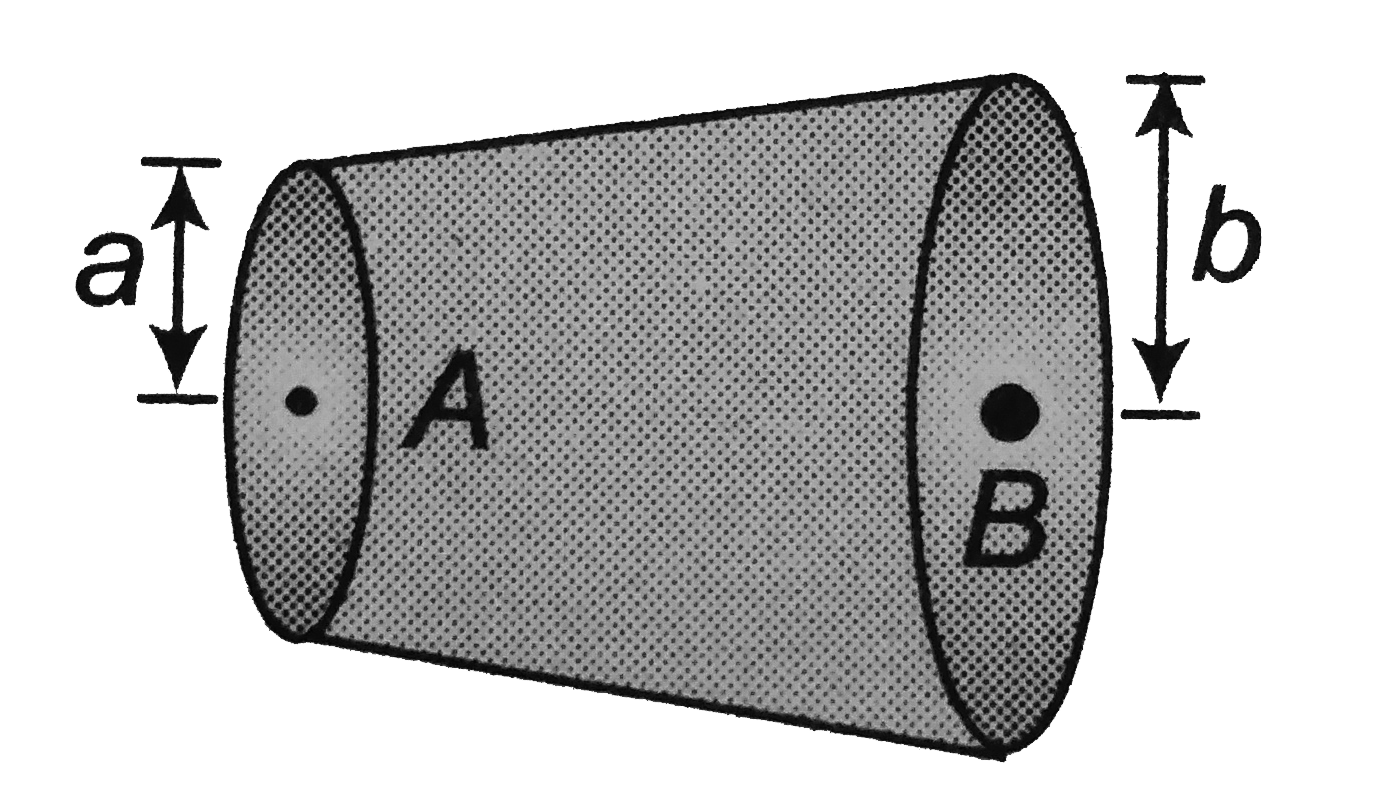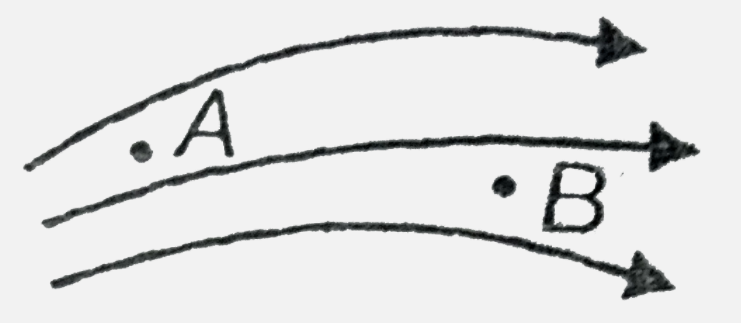A electric current passes through non uniform cross-section wire made of homogeneous and isotropic material. If the jA and JB be the current densities and EA and EB be the electric field intensities at A and B respectively, then

jA>jB,EA>EB
jA>jB,EA<EB
jA<jB,EA>EB
jA<jB,EA<EB
The correct Answer is:A
Step by step video, text & image solution for A electric current passes through non uniform cross-section wire made of homogeneous and isotropic material. If the j_(A) and J_(B) be the current densities and E_(A) and E_(B) be the electric field intensities at A and B respectively, then by Physics experts to help you in doubts & scoring excellent marks in Class 12 exams.
Topper's Solved these Questions
- BOOK - RESONANCECHAPTER - CURRENT ELECTRICITYEXERCISE - Exercise-1 (Part-3)2videos
CURRENT ELECTRICITY
- BOOK - RESONANCECHAPTER - CURRENT ELECTRICITYEXERCISE - Exercise-2 (Part-1)25videos
CURRENT ELECTRICITY
- BOOK - RESONANCECHAPTER - CURRENT ELECTRICITYEXERCISE - Exercise-1 (Part-1)46videos
CURRENT ELECTRICITY
- BOOK - RESONANCECHAPTER - COMMUNICATION SYSTEMSEXERCISE - Exercise 313videos
COMMUNICATION SYSTEMS
- BOOK - RESONANCECHAPTER - DAILY PRACTICE PROBLEMEXERCISE - DPP.No.711videos
DAILY PRACTICE PROBLEM
Similar Questions
Knowledge Check
- Question 1 - Select One
An electric current passes through a straight wire. Magnetic compasses are placed at the points A and B.
 ATheir needles will not deflect .BOnly one of the needles will deflect.CBoth the needles will deflect in the same direction.DThe needles will deflect in the opposite directions.
ATheir needles will not deflect .BOnly one of the needles will deflect.CBoth the needles will deflect in the same direction.DThe needles will deflect in the opposite directions. - Question 2 - Select One
A wire of non-uniform cross-section is carrying a steady current. Along the wire
Acurrent and current density are constantBonly current is constantConly current density is constantDneither current nor current density is a constant - Question 3 - Select One
A steady current flows in a metallic conductor of non-uniform cross-section i.e., i : constant. A≠ constant.
Aj=iA,j vary with area of X−sectionBj=σE,
iA=σE⇒iσA=E E : changes with ACj=nevd
iA=nevd
vd=ineA,vd varies with ADAll options are correct
The figure shows electric field lines. If EA and EB are electric fields at A and B and distance AB is r, then
 View Solution
View SolutionA current passes through a wire of nonuniform cross-section. Which of the following quantites are independent of the cross section?
View SolutionWhen electric current passes through a wire, _______ field is created around it.
View SolutionE/B. Find the unit. (E = electric field intensity, B = magnetic field intensity)
View SolutionIn the equation AB = C, A is the current density, C is the electric field, Then B is
View Solution

